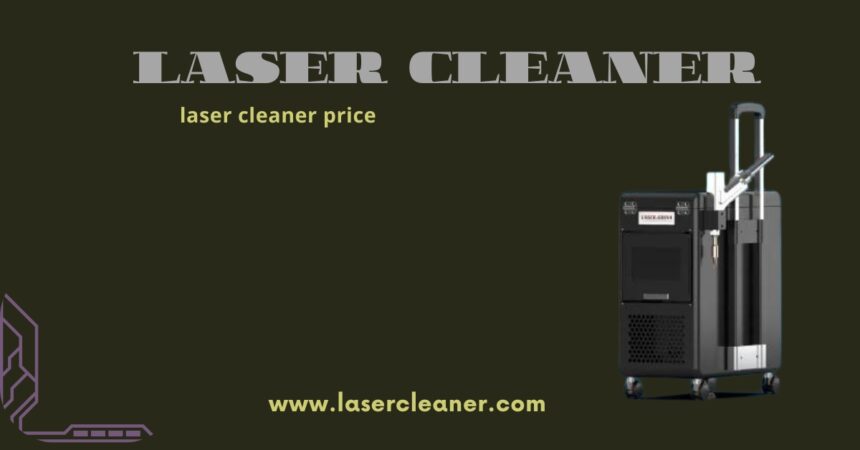Handheld metal laser welding has emerged as a transformative technology in the manufacturing and repair industries, offering a combination of precision, efficiency, and versatility. This method, which uses a laser beam to join metal components, is particularly favored for its portability and ease of use. Here’s an in-depth look at its advantages and applications.
Advantages of Handheld Metal Laser Welding
- Portability and Flexibility
Unlike traditional welding machines, handheld laser welders are lightweight and portable. This mobility allows operators to work on large or immovable objects directly on-site, eliminating the need to dismantle parts or transport heavy machinery. - High Precision and Quality
The laser beam provides precise control over the welding process, enabling clean and accurate joints. This minimizes deformation, reduces material wastage, and enhances the overall quality of the weld. The finished joints are typically smoother, requiring minimal post-processing. - Fast Welding Speeds
Laser welding is significantly faster than traditional welding methods. This efficiency translates to shorter production times, making it ideal for high-volume industrial applications. Operators can complete projects quickly without compromising quality. - Ease of Use
Modern handheld laser welding devices are user-friendly, equipped with intuitive controls and adjustable settings. Even operators with minimal training can achieve excellent results. The ergonomic design reduces fatigue during prolonged use. - Versatility
Handheld laser welders can work with various materials, including stainless steel, aluminum, carbon steel, titanium, and more. They are also compatible with different joint types, such as butt joints, fillet joints, and lap joints. - Minimal Heat Input
The localized heat input of the laser minimizes thermal distortion and reduces the risk of warping the metal. This is especially crucial for thin or delicate materials where overheating can cause damage. - Safety and Cleanliness
Laser welding produces less smoke, fumes, and spatter compared to traditional welding methods. This makes it a safer and cleaner option for operators and the environment.
Applications of Handheld Metal Laser Welding
- Automotive Industry
In the automotive sector, handheld laser welding is used to repair and fabricate components such as exhaust systems, body panels, and transmission parts. Its ability to create durable and precise welds is critical for maintaining safety and performance. - Aerospace Industry
The aerospace industry requires lightweight yet strong materials. Laser welding is used to join thin sheets of metals like titanium and aluminum, which are common in aircraft construction and repair. - Metal Fabrication and Construction
Laser welding is widely applied in metal fabrication for creating custom structures, gates, fences, and frames. Its precision and speed make it ideal for both small-scale and large-scale projects. - Medical Equipment Manufacturing
The medical industry relies on laser welding to produce intricate and hygienic devices, including surgical tools, implants, and diagnostic equipment. The clean welds meet the stringent standards required in healthcare. - Electronics Industry
The electronics sector uses handheld laser welding for assembling small and delicate components, such as sensors, connectors, and circuit boards. - Repair and Maintenance
Handheld laser welding is an excellent tool for on-site repair and maintenance. Its portability allows technicians to address issues in machinery, pipelines, and structural components directly at the job site.
In conclusion, handheld metal laser welding is revolutionizing the way industries approach welding tasks. Its portability, precision, and versatility make it an invaluable tool across various sectors, from automotive and aerospace to medical and electronics. By offering high-quality welds with minimal distortion and cleanup, this technology not only boosts productivity but also sets new standards for efficiency and reliability in welding.


